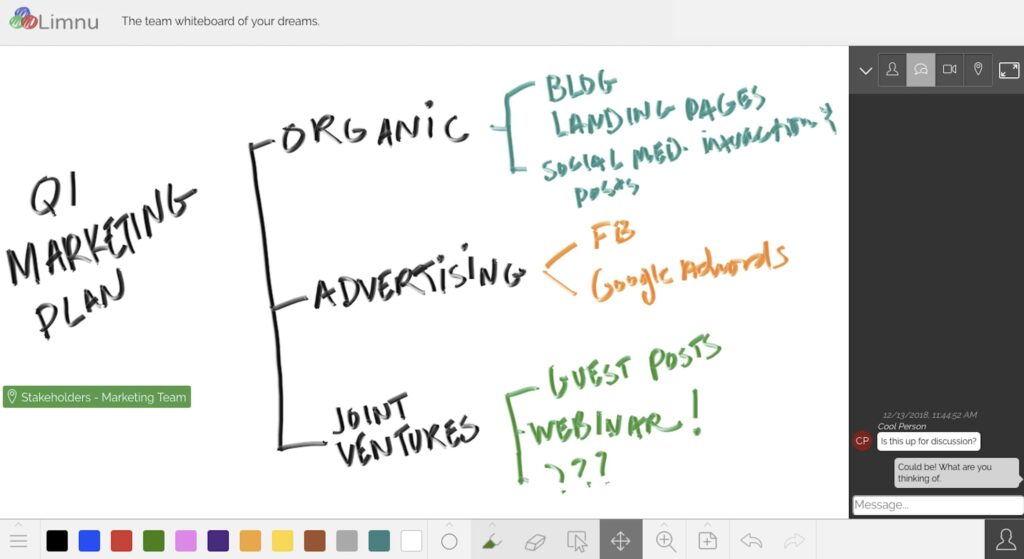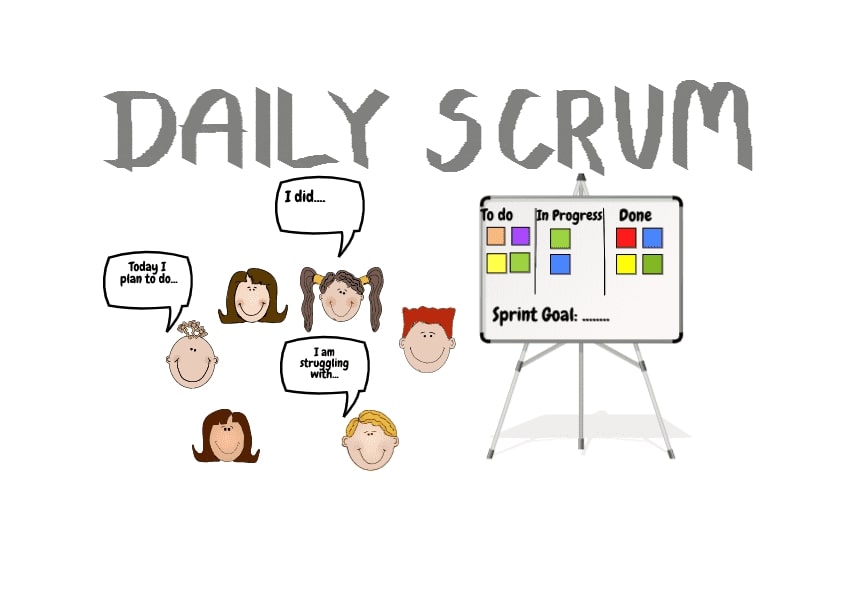Curious to learn how to use collaborative design in agile teams?
Smart choice.
Today, agile teams that follow conventional practices often struggle to incorporate designs into the Agile process.
Collaborative design gained prominence as a solution to outdated practices, helping teams to strive toward successful working relationships that put design thinking at the center of product development.
In this article, we break down a step-by-step guide to help companies practice collaborative design within their agile teams.
Let’s dive right in.
How to Practice Effective Collaborative Design
There are various collaborative design techniques that teams use to bring about the successful implementation of a collaborative design approach.
The collaborative design project involves multiple stakeholders at each stage of the software development lifecycle until the product manager approves the prototype design.
Therefore, a collaborative design approach helps gain various inputs as numerous team members contribute new ideas, making it more feasible than one team working in isolation.
This holistic approach helps meet the customer expectations due to iterative testing until an acceptable level for the product is ready for real-world scenarios. Likewise, this collaborative manner helps incorporate different team members into the entire agile project management design process.
Let’s take a closer look at the techniques that teams use to practice collaborative design.
Whiteboard Sessions
Whiteboard sessions are informal activities where multiple team members provide insights about various design aspects using a whiteboard.

Credits: Limnu
This technique is helpful for cross-functional teams that seek to compare and contrast items to solve complex issues and identify innovative ideas to deliver high-quality products.
Cross-Team Daily Scrums
In cross-team daily scrums, each team must identify a representative to attend the daily meetings to provide high-level updates and discuss the future course of action for upcoming goals.

Credits: Let’s Scrum It
These representatives also discuss potential challenges and issues and identify if any assistance allows teams to solve these problems faster.
Affinity Diagrams
This is one of the critical tools that help collect ideas and perspectives and group them as per their common factors. Affinity diagrams best suit idea generation, representation, and grouping teams.
Product-Owner Reviews
For collaborative product development, large Agile teams work on multiple products involving different Product Owners. As such, a regular review enables the Product Owners to explain the project’s scope, user expectations, and prioritize processes to generate the product backlog for the teams. This approach helps set the pathway for the teams to achieve the objectives with the highest quality.
Sprints
Sprint is an integral part of the collaborative design efforts as the design team discusses, validates, tests, compares design ideas, and recommends new ideas and changes to help promote product success.
Cross-Team Release Planning and Retrospectives
At first, the cross-team release planning emphasizes conducting review sessions to enable teams to understand what each group contributes to the final deliverable. At the same time, cross-team retrospectives ensure that teams discuss and reflect on the collaborative process and promote accountability in team members for further improvements. In addition, these retrospective sessions help to update collaborative design teams on new working agreements and different norms to achieve the final outcome.
Collaborative Design Process: Best Practices
Agile project management is about following an incremental approach to development. The primary idea revolves around delivering project requirements in different parts, allowing faster development and more flexibility to plan and respond to changes according to user inputs. Therefore, the collaborative design agile process focuses on working together to achieve a common goal. Every project and product development team has its own approach to achieving a business goal. As such, it is essential during the collaborative design process to set the basic expectations to maintain a seamless workflow. In addition, there are specific factors to consider when opting for a collaborative design process in such cases.
Bring Teams Together From the Start
After assessing the project’s overall scope, it is essential to bring all the teams together to understand the expectations and gauge the strength and capabilities of each group to deliver the project. Collaboration is successful when both the design and development teams are familiar with each other from the early stages of the project to its final completion. When team members are familiar with each other, it introduces an early form of collaboration that tends to smooth any potential misunderstandings during development. Therefore, frequent pairings of team members improve team communication and relationships.
Identify the Right Relationships and Trust
Building relationships is unavoidable when focusing on a collaborative design team process. At first, the product development manager must construct the relationships between team members as a unit to achieve a common goal. But in a real-world scenario, it is essential to identify which team member works best with another member of the other interrelated teams. Therefore, while building the proper pairings, the collaborative approach must create an environment of trust where each individual feels confident to share their ideas.
Well-Defined Objectives
Effective collaboration is possible when clear objectives exist with task allotments done according to the respective specializations. This enables teams to operate faster and improve performance while minimizing duplicate work. Sharing the product backlogs of each team makes team members aware of any outstanding tasks and roles for delivering the final product.
Create a Guideline and Feedback Mechanism
Under a collaborative approach where different team members work together to reach a goal, there is a need for a standard that guides individuals and groups through procedures to help achieve their tasks faster. At the same time, another critical element is the feedback mechanism. When teams work as a collective unit, feedback becomes a sensitive area. As such, individuals must present their perspectives without being critical. This helps reduce any potential conflicts among the team members. When giving feedback to developers and designers, a combination of details and visual elements is essential in delivering the message about the expectations and implementing them to achieve the final outcome.
Show Mutual Respect
To promote the collaborative design process, each team member presents their ideas from their perspective. Although product development teams have multiple members providing inputs on creating prototype designs, it is easy to get carried away. Therefore, agile development teams achieve their ambition by maintaining respectful communication as different team members tend to have different views. This is achievable if everyone keeps an open mind without discrediting others’ perspectives or experiences.
Eliminate Department Silos
Traditional approaches reveal dependency on department grid lines for development efforts. But the success of agile development is suitable when cross-functional teams exist with multidisciplinary ideas and skill sets to deliver a product. Therefore, the collaborative design approach is most successful when department silos are non-existent.
Collaborative Design: Key Takeaways
Achieving successful design thinking and implementation is possible.
However, its success depends on maintaining proper collaboration workflow. This includes improving communication, task delegation, and choosing the right methods and tools to accelerate product development projects with superior quality.
Thus, collaborative design agile teams are the new normal that encourages teamwork and provides the right balance to enhance productivity and transform the organization’s outcome.